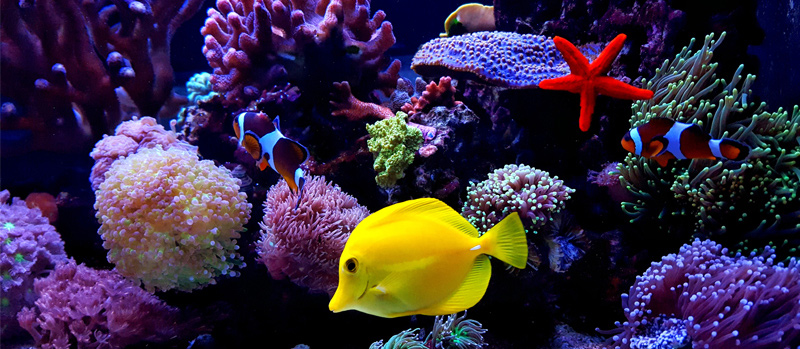Monochloramine Information for Pet Stores and Fish Aquarium Owners

While monochloramines are safe for most pets, they must be removed from tap water used for aquatic life in aquariums and ponds.
What does this mean for aquarium and pond owners?
Chloraminated water is superior to state and federal drinking water standards, but monochloramines are harmful to fish when they directly enter the bloodstream. Since fish and other aquatic animals take monochloramines directly from the water into their bloodstreams through their gills, monochloramines, like chlorine, must be removed from water used for keeping live fish and other aquatic life.
What types of aquatic life do monochloramines affect?
Monochloramines, like chlorine, will kill both salt and fresh water fish and other aquatic life including Koi fish, lobster, shrimp, frogs, turtles, snails, clams and live coral. Monochloramines, therefore, like chlorine, must be removed before using tap water in your fresh or salt-water aquarium or pond.
How can I remove monochloramines from my water?
A water-conditioning agent or an activated carbon filter specifically designed to remove monochloramines must be used according to product instructions. If you are already using one of these products to remove chlorine, it’s possible that the same product will also remove monochloramines. However, you must read the product label to be sure. Your pet supplier should be able to provide any further guidance you may need.
Are both saltwater fish and fresh water fish affected by monochloramines?
Yes. Monochloramines affect saltwater fish just as they affect freshwater fish. Monochloramines must be removed if the water used to make saltwater solutions comes from a chloraminated supply.
Won’t letting water sit for a few days remove monochloramines from tanks or pond water?
No. Unlike chlorine, which dissipates when water sits for a few days, monochloramines are longer lasting and may take weeks to dissipate. This is not a safe method for removing monochloramines.
